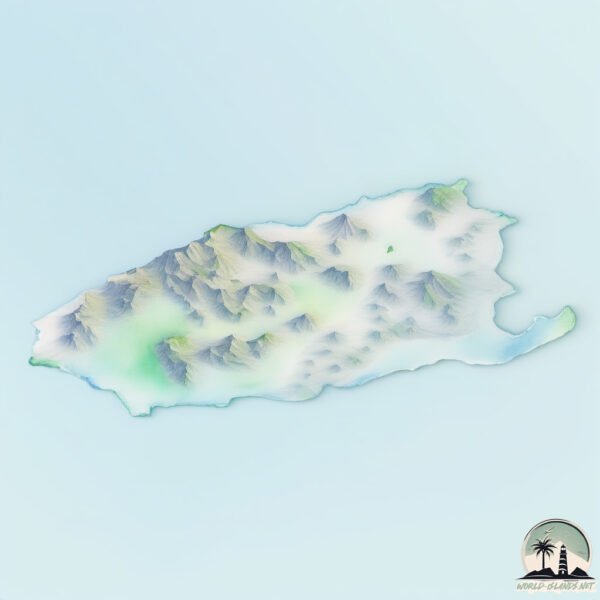Imbros

Welcome to Imbros, a Temperate island in the Aegean Sea, part of the majestic Atlantic Ocean. This guide offers a comprehensive overview of what makes Imbros unique – from its geography and climate to its population, infrastructure, and beyond. Dive into the details:
- Geography and Size: Explore the island’s size and location.
- Climate and Weather: Weather patterns and temperature.
- Topography and Nature: Uncover the natural wonders of the island.
- Infrastructure and Travelling: Insights on reaching, staying, and making the most of your visit.
- News and Headlines: Latest News.
Geography and size of Imbros
Size: 283.7 km²
Coastline: 93.3 km
Ocean: Atlantic Ocean
Sea: Aegean Sea
Continent: Europe
Imbros is a Large Island spanning 284 km² with a coastline of 93 km.
Archipel: Mediterranean islands – Encompassing numerous islands in the Mediterranean Sea, each with its own unique culture, history, and natural beauty, from the Balearics to the Greek islands.
Tectonic Plate: Pacific – The world’s largest tectonic plate, covering much of the Pacific Ocean, known for the Pacific Ring of Fire with extensive seismic and volcanic activity.
The geographic heart of the island is pinpointed at these coordinates:
Latitude: 40.16132414 / Longitude: 25.83978492
Climate and weather of Imbros
Climate Zone: Temperate
Climate Details: Hot-Summer Mediterranean Climate
Temperature: Hot Summer
Climate Characteristics: Characterized by hot, dry summers and mild, wet winters, typical of coastal areas with abundant sunshine.
Topography and nature of Imbros
Timezone: UTC+02:00
Timezone places: Europe/Mariehamn
Max. Elevation: 579 m
Mean Elevation: 164 m
Vegetation: Agricultural Mosaic
Tree Coverage: 19%
The mean elevation is 164 m. The highest elevation on the island reaches approximately 579 meters above sea level. The island is characterized by Plateau: Elevated flatlands rising sharply above the surrounding area, with a maximum elevation over 500 meters but a mean elevation less than 300 meters, forming unique highland areas on islands.
Dominating Vegetation: Agricultural Mosaic
A mix of cropland and natural vegetation, often seen in rural landscapes where agricultural fields are interspersed with patches of natural habitats. Imbros has a tree cover of 19 %.
Vegetation: 14 vegetation zones – Exceptionally Diverse Island
Islands with more than ten vegetation zones are among the most ecologically rich and varied in the world. These islands are akin to miniature continents, boasting an incredible array of ecosystems. The sheer range of habitats, from high peaks to deep valleys, rainforests to deserts, creates a mosaic of life that is unparalleled. They are crucial for conservation and ecological studies.
Infrastructure and Travelling to Imbros
Does the island have a public airport? no.
There is no public and scheduled airport on Imbros. The nearest airport is Çanakkale Airport, located 46 km away.
Does the island have a major port? no.
There are no major ports on Imbros. The closest major port is ECEABAT, approximately 39 km away.
The mean population of Imbros is 20 per km². Imbros is Gently Populated. The island belongs to Turkey.
The name of the island resonates across different cultures and languages. Here is how it is known around the world: Arabic: إمبروس; German: Gökçeada; Spanish: Imbros; Portuguese: Imbros; Russian: Гёкчеада; Chinese: 格克切島
Continuing your journey, Samothraki is the next notable island, situated merely km away.
From Imbros to America My Grandfather's Journey



Turkey is classified as Emerging region: MIKT: Mexico, Indonesia, South Korea, and Turkey – Economies recognized for their development potential and emerging market status. The level of income is Upper middle income.
News – Latest Updates and Headlines from Imbros
Stay informed with the most recent news and important headlines from Imbros. Here’s a roundup of the latest developments.
Please note: The data used here has been primarily extracted from satellite readings. Deviations from exact values may occur, particularly regarding the height of elevations and population density. Land area and coastline measurements refer to average values at mean high tide.
